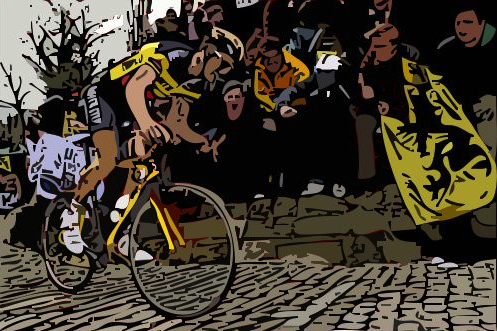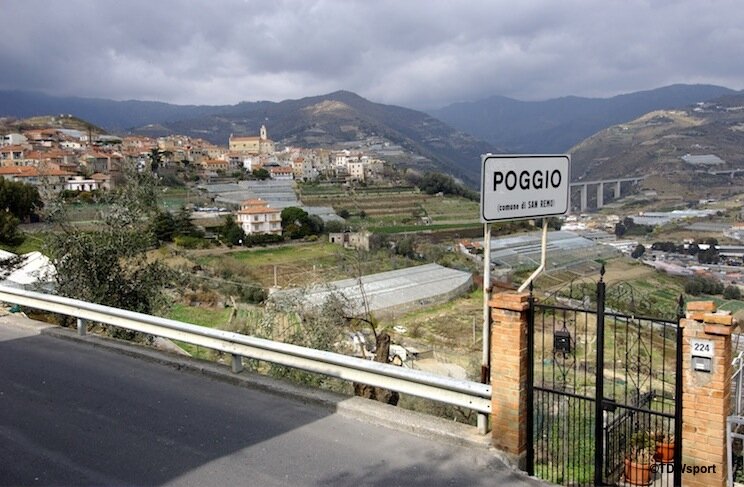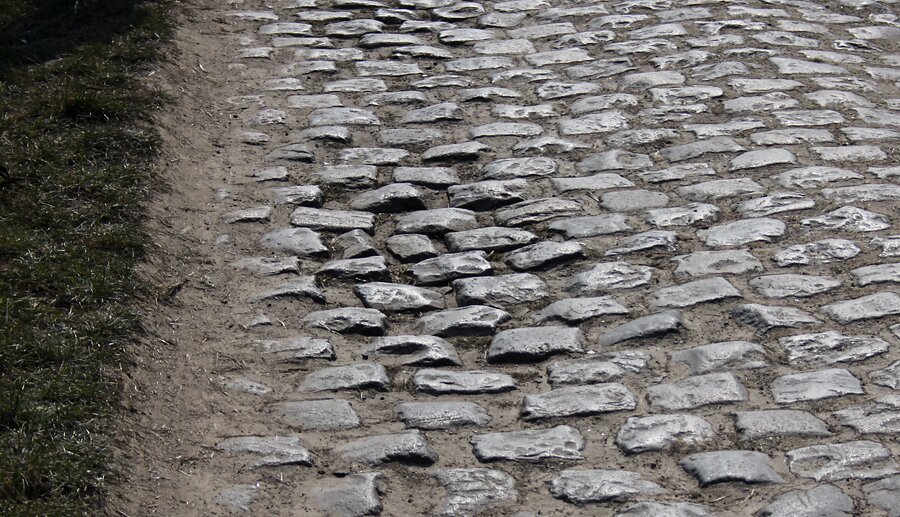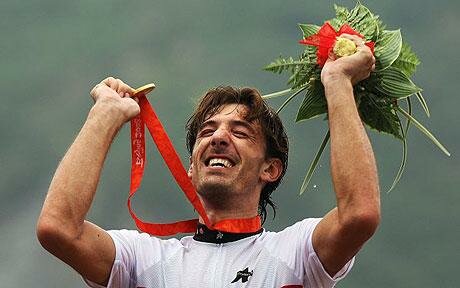March 31, 2017
Cobbled Classics – Doubles, Trebles and one Quadruple

For the purposes of this exercise the ‘cobbled classics’ are one of the following races: Het Volk (yes it’s still ‘Volk’, always will be), Kuurne-Brussels-Kuurne, Dwars Door Vlaanderen, E3 Prijs, Ghent-Wevelgem, Tour of Flanders and Paris-Roubaix. We can argue about what constitutes a classic until the cows come home. Call Kuurne-Brussels-Kuurne or Dwars Door Vlaanderen a semi-classic if you like, but this is the seven I’ve chosen to go with.




